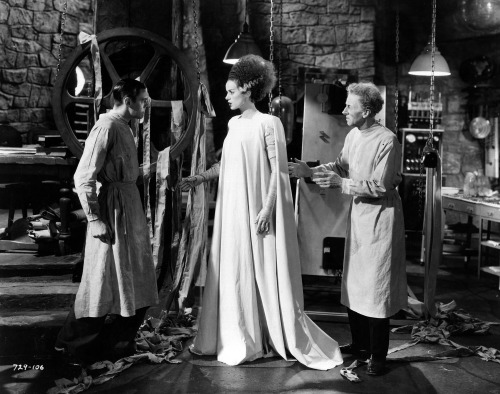Bram Stoker's Dracula and its Many Genres
Brynne Velia
Bram Stoker’s
Dracula, while viewed primarily as a
horror film, is also comprised of elements from several other genres,
including, but not limited to, drama, romance and fantasy. The film encompasses
aspects of many genres, which supports the idea that “genre films must not only
be similar in order to succeed, they must also be different” (Altman 21).
Through the use of elements such as lighting and camera angles, Dracula is able to incorporate multiple
genres, while still remaining true to audience expectations of a horror film.
The asylum love scene between Dracula and Mina toward the
end of the film exemplifies how these four genres are represented. As the green
smoke creeps in through the window of the room in which Mina is sleeping, it is
initially viewed as an aspect of horror. This non-diegetic effect is especially
horrifying because the room is supposed to act as a safe place for Mina. The
smoke moves slowly through the dim-lit room and under the blankets on the bed,
increasing the suspense because Mina is not aware of its presence. There is a
sudden shift from horror to romance as the camera follows the smoke toward the
head of the bed as it pleasures Mina and the audience is left face-to-face with
Mina as if from the point of view of someone above her. The haunting
familiarity of the voice speaking to Mina adds to the uncanniness of the scene.
The camera angle changes, revealing that the smoke has transformed into the “human”
form of Dracula. This demonstrates the incorporation of fantasy through the
supernatural.
As the scene continues, the drama genre is
executed through non-diegetic means. When Dracula reveals his true identity,
Mina is emotionally pained because her lover is also the murderer of her
dearest friend. The low-pitched, daunting music in the background is assumedly
only heard by the audience. Mina’s emotions rapidly change as she is overcome
with love and affection for Dracula, despite his wrongdoings. As Mina’s
emotions change, the pace of the music increases slightly and is
higher-pitched, aiding in evoking emotion from the audience and stressing the
emotional weight of the circumstances.
The aspects of romance become
prevalent as Mina commits to an eternal life with Dracula. As Dracula is
converting Mina to a vampire, the close proximity of the camera to the lovers
makes the audience feel as though they are part of the scene. The audience has
a front-row seat as the lovers passionately embrace and caress each other as
they begin their new “life” together. By focusing the camera solely on Dracula
and Mina, any distractions are removed and the viewer can center their
attention on the lovers.
The final part of the scene uses point of view
shots to convey the presence of fantasy through the supernatural. The first
point of view shot is Dracula looking off into the distance, past the camera. The
shot then changes to show the group of men looking in the direction of Mina. Dracula surprises both the audience and the group of men by appearing
upside-down as a bat in front of the camera. The shot changes first to the men,
showing their reactions, and then to Mina, showing her reaction. The use of
point of view shots communicates the horror of the supernatural. The shots
change so rapidly that the viewer is caught off-guard by Dracula’s change from
man to bat. Dracula’s surprise entrance into the shot evokes an emotional
response in the audience, typically seen in horror, while also demonstrating
the supernatural elements of fantasy in the scene through Dracula’s change from
man to bat.
Works Cited
Altman, Rick. Film/Genre. London: BFI Pub, 1999.
Print.




























